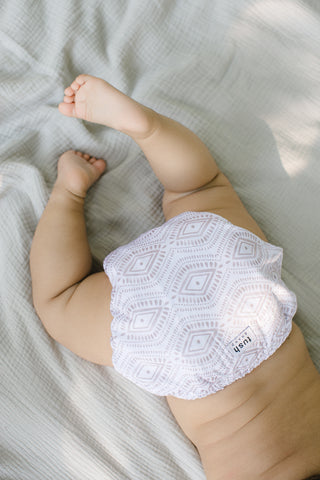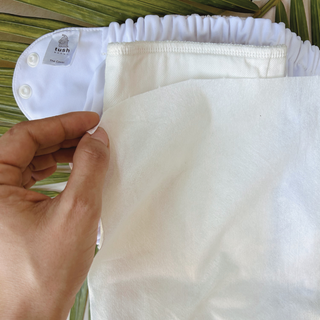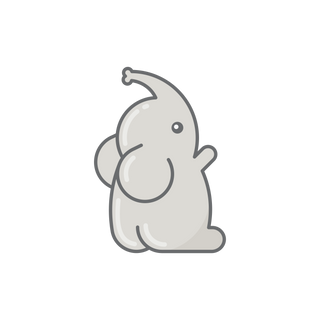Poop: Less Daunting Than You Think

The Poop Basics
Firstly, it's important to remember that dealing with poop, no matter the type of diaper, is a part of parenthood. Whether you're using cloth or disposables, poop requires attention, and it's not as bad as it may seem initially.
Solid Food Transitions
When your baby is exclusively breastfed, their stools are water-soluble and can go directly into the wash. However, once they start on solid foods, their poop changes consistency and will need to be disposed of before the diaper hits the pail.
Removing Solids: Your Options
The goal is to get as much solid waste off the diaper and into the toilet where it belongs.
- Diaper Sprayers: These handy devices attach to your toilet and can spray poop directly into the bowl with ease.
- Spatula: Keep a designated spatula or poop scraper in the bathroom to flick solids into the toilet.
- Shake and Dump: Often, solids will roll right off the diaper and into the toilet with a gentle shake.
- Swish and Flush: If the stool is more stubborn, holding the diaper with gloves and swishing it in the toilet can help dislodge the waste.
Video
easy ways to remove poop
Video
easy ways to remove poop

Compostable Diaper Liners: A Convenient Choice
For many, compostable diaper liners are a game-changer. They lie inside the diaper, catch solids, and can be easily lifted out and disposed of. Here’s why they might be the easiest method:
- Mess-Free: Liners contain the poop, making clean-up as simple as removing the liner and disposing of it properly.
- Compostable: Many liners are eco-friendly, breaking down more easily in the environment than traditional disposable diapers.
- Protection for Diapers: They keep your diapers cleaner, reducing the number of stains and the need for intensive washing.
Trial and Error: Finding What Works
Like every aspect of cloth diapering, dealing with poop is personal, and what works for one family may not work for another.
- Experiment: Try different methods to see what you prefer.
- Community Advice: Don’t hesitate to ask for tips and tricks from the cloth diapering community.
- Stay Calm: Remember, it's a natural and manageable part of your baby's development.
Tips for Success
- Flushable Liners: Be cautious with "flushable" liners, as they may not be suitable for all plumbing systems.
- Regular Routines: Establishing a regular poop-disposal routine can make the process less onerous.
- Proper Wash: Ensure your wash routine is effective in cleaning diapers after poop has been removed.
Dealing with poop in cloth diapers may seem challenging at first, but with the right tools and techniques, it quickly becomes a simple task. Whether you choose sprayers, liners, or any other method, what's important is finding a system that works for your family and sticking with it. Remember, with a little practice, dealing with diaper duty can become just another part of your day. Keep calm and diaper on!

